Omalizumab drug aliquots can be used for in vitro or in vivo experiments. Several other reference drugs and biosimilars are also available.
The drug aliquots are generated by aliquoting (dividing and repackaging) the EU-licensed original drug.
Omalizumab drug aliquots can be used for in vitro or in vivo experiments. Several other reference drugs and biosimilars are also available.
The drug aliquots are generated by aliquoting (dividing and repackaging) the EU-licensed original drug.

Find and order your therapeutic molecules through smart filters

Up to 10 batches of original drugs for examining batch-to-batch variations

Up to 80% less compared to the original pharmaceutical price

Shipment within days worldwide according to GDP-standards

Up to 80% less compared to the original pharmaceutical price
| Drug name | Xolair® |
| INN | Omalizumab |
| API type | Monoclonal antibody |
| Pharmacotherapeutic group | Drugs for obstructive airway diseases, other systemic drugs for obstructive airway diseases |
| ATC code | R03DX05 |
| Target of antibody | IgE |
| General function | |
| Short description | Omalizumab is indicated as add-on therapy to improve asthma control in patients with severe persistent allergic asthma who have a positive skin test or in vitro reactivity to a perennial aeroallergen and who have reduced lung function (FEV1 <80%) as well as frequent daytime symptoms or night-time awakenings and who have had multiple documented severe asthma exacerbations despite daily highdose inhaled corticosteroids, plus a long-acting inhaled beta2-agonist. |
| Pharmacodynamic properties (Mechanism of action; Source EMA document) | Omalizumab binds to IgE and prevents binding of IgE to FcεRI (high-affinity IgE receptor) on basophils and mast cells, thereby reducing the amount of free IgE that is available to trigger the allergic cascade. Treatment of atopic subjects with omalizumab resulted in a marked down-regulation of FcεRI receptors on basophils. Treatment with Omalizumab inhibits IgE-mediated inflammation, as evidenced by reduced blood and tissue eosinophils and reduced inflammatory mediators, including IL4, IL-5, and IL-13 by innate, adaptive and non-immune cells. |
| Pharmacodynamic properties (Pharmacodynamic effects; Source EMA document) | The in vitro histamine release from basophils isolated from Omalizumab-treated subjects was reduced by approximately 90% following stimulation with an allergen compared to pre-treatment values. In clinical studies in allergic asthma patients, serum free IgE levels were reduced in a dose-dependent manner within one hour following the first dose and maintained between doses. One year after discontinuation of Omalizumab dosing, the IgE levels had returned to pre-treatment levels with no observed rebound in IgE levels after washout of the medicinal product. |
| Original license holder | Novartis Europharm Limited Vista Building Elm Park, Merrion Road Dublin 4 Ireland |
| Marketing authorisation numbers | EU/1/05/319/001 |
| Marketing authorisation holder | Novartis Europharm Limited Vista Building Elm Park, Merrion Road Dublin 4 Ireland |
| Name of the manufacturer of the biological active substance | Novartis Pharma S.A.S. Centre de Biotechnologie 8, rue de l’Industrie F-68330 Huningue France Novartis Singapore Pharmaceutical Manufacturing Pte. Ltd. BioProduction Operations Singapore 8 Tuas Bay Lane Singapore 636986 Singapore |
| Name and address of the manufacturer(s) responsible for batch release | Novartis Pharma GmbH Roonstrasse 25 D-90429 Nuremberg Germany |
| Max shelf life | 4 years |
| Storage conditions | 2°C – 8°C |
| List of excipients | Sucrose L-histidine L-histidine hydrochloride monohydrate Polysorbate 20 |
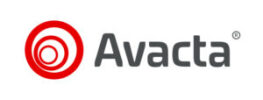

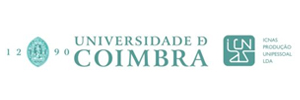
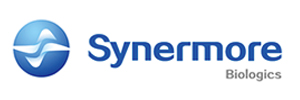

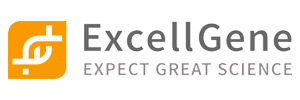

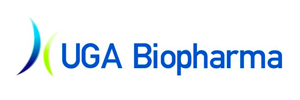
Evidentic offers multiple batches of original drug aliquots in low binding Eppendorf tubes for research use only. We provide licence-free drug aliquots with long, short or even “negative shelf life” by storing the products at recommended temperatures (either 2-8°C or -80°C) and ensuring fully functional molecules for research purposes.
Evidentic GmbH
Martin-Buber-Str. 10
14163 Berlin